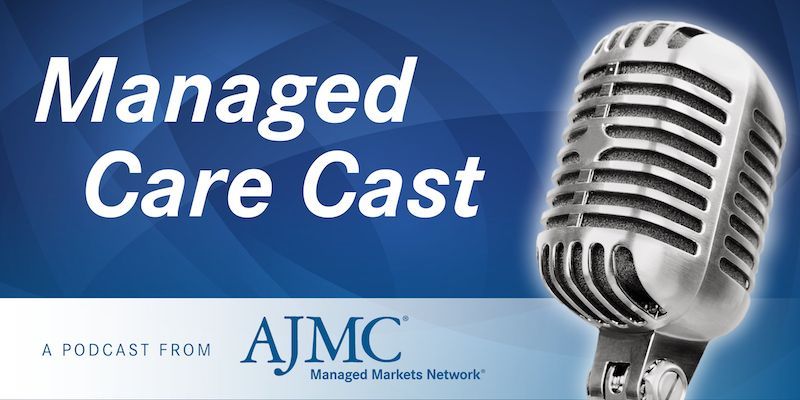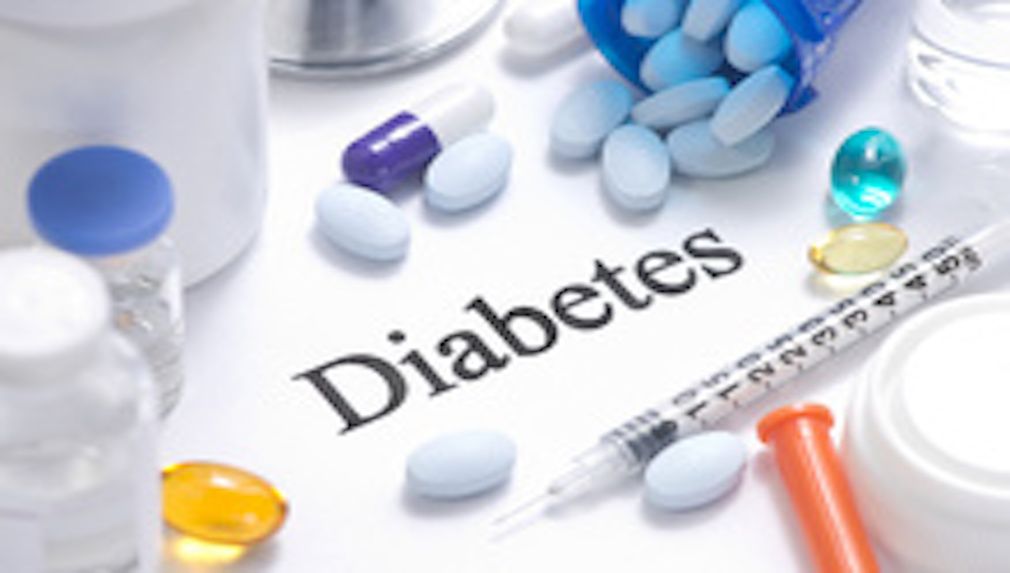Article
Leading Diabetes Groups Publish Consensus Statement on "Beyond A1C" Measures to Guide FDA, Researchers
Author(s):
The Beyond A1C movement seeks regulatory and clinical are frameworks that recognize the day-to-day measures that matter to patients, such as how often they experience hypoglycemia.
After 2 years of work, a consortium of leading diabetes groups published a statement Tuesday that they hope will guide the FDA when it evaluates how drugs and devices affect the everyday health of people with type 1 diabetes (T1D).
The statement, appearing in the journal Diabetes Care, defines stages of hypoglycemia, hyperglycemia, time in range, and diabetic ketoacidosisis (DKA). It is a milestone in the “Beyond A1C” movement, an effort by diabetes clinicians and advocates to get regulators—and payers—to recognize management tools based on criteria other than their ability to control glycated hemoglobin (A1C).
Organized by JDRF, the Steering Committee for the Type 1 Diabetes Outcomes Program issued the statement, “Standardizing Clinically Meaningful Outcome Measures Beyond HbA1C for Type 1 Diabetes.” The committee includes members of the American Diabetes Association (ADA), the American Association of Clinical Endocrinologists (AACE), the American Association of Diabetes Educators, the Endocrine Society, JDRF International, The Leona M. and Harry B. Helmsley Charitable Trust, the Pediatric Endocrine Society, and T1D Exchange.
The statement acknowledges what people living with T1D tell clinicians and researchers—while A1C is a useful measure, it fails to capture the day-to-day experience of living with a disease that some describe as a blood sugar roller coaster. JDRF said in a statement that A1C is “the accepted primary outcome measure for glycemic control and evaluating the efficacy of diabetes therapies,” but it has limitations. The 3-month average blood glucose measure cannot tell a physician how often a person experiences extreme highs and lows, which can lead to harmful incidents and poor quality of life.
Thus, the “Beyond A1C” movement seeks to give people with T1D better medications, including insulin, and better technology that will keep their blood glucose levels in a healthy target range without the constant adjustments and stress that have characterized older generations of disease management tools.
JDRF Chief Mission Officer Aaron Kowalski, PhD, said in an interview with The American Journal of Managed Care® Tuesday that while the statement is important for creating better frameworks with regulators and payers, the ultimate goal is better clinical care. The statement resolves differences among clinical associations over when hypoglycemia occurs, which will allow advocacy groups to quantify the condition with regulators and allow researchers to compare drugs and devices going forward, he said.
“Having clear definitions, and having all the major stakeholder groups agree—AACE, ADA, the Endocrine Society—now we’re all on the same page,” Kowalski said.
The next step is working with the FDA to issue a guidance for drug and device developers, which would allow them to put information into a label, Kowalski said. That would be a game-changer with payers—something he has seen clearly in discussions over the artificial pancreas.
“The reduction in hypoglycemia along with hyperglycemia is the big value proposition,” Kowalski said. If a person’s A1C looks normal but they have frequent low blood glucose levels, they can make the case for a better device. “If we’re able to clearly define that—if we’re able to put it in a label—that’s going to help,” not just with payers but also with healthcare professionals, he said.
Kowalski said the statement’s designation of levels of hypoglycemia would be especially valuable, since it would allow future research, as well as FDA labeling, to distinguish if drugs or devices helped patients avoid falling below the Level 2 threshold, which is a blood glucose concentration of 54 mg/dL. The statement distinguishes hypoglycemia levels as the following:
- Level 1 hypoglycemia. Defined as a measurable glucose concentration <70 mg/dL (3.9 mmol/L) but ≥54 mg/dL (3.0 mmol/L) that can alert a person to take action. Recurrent episodes of hypoglycemia < 70 mg/dL can lead to increased hypoglycemia unawareness, a dangerous condition in which the person with T1D does not sense experience symptoms of hypoglycemia and my not take action. Unawareness increases with age and duration of T1D.
- Level 2 hypoglycemia. Defined as a measurable glucose concentration <54 mg/dL (3.0 mmol/L) that needs immediate action. At blood glucose levels below 50 mg/dL, neuroglycemic symptoms and loss of consciousness can occur.
- Level 3 hypoglycemia. Defined as a severe event, in which a patient’s mental or physical condition is compromised to the point that assistance is needed. The statement reads, “Severe hypoglycemia captures events during which the symptoms associated with hypoglycemia impact a patient to such a degree that the patient requires assistance from others.”
Avoiding hypoglycemia is both a health and quality-of-life issue for patients and a cost issue for payers. As the statement notes, chronic episodes of hypoglycemia put a person with T1D at cardiovascular risk and possibly death.
In 2011, The American Journal of Managed Care® published the first study that quantified what trips to the emergency department (ED) or hospital admissions cost due to episodes of hypoglycemia. Those estimates, based on data now nearly a decade old, were $17,564 for a hospital admission, $1387 for an ED visit and $394 for an outpatient visit. According to CDC, hypoglycemia accounts for 300,000 ED visits a year.
Reference
The Steering Committee for Type 1 Diabetes Outcomes Programs (Kowalski A, corresponding author). Standardizing clinically meaningful outcome measures beyond HbA1c for type 1 diabetes: a consensus report of the American Association of Clinical Endocrinologists, the American Association of Diabetes Educators, the American Diabetes Association, the Endocrine Society, JDRF International, The Leona M. and Harry B. Helmsley Charitable Trust, the Pediatric Endocrine Society, and the T1D Exchange. Diabetes Care. 2017; 40(12): 1622-1630. https://doi.org/10.2337/dc17-1624





